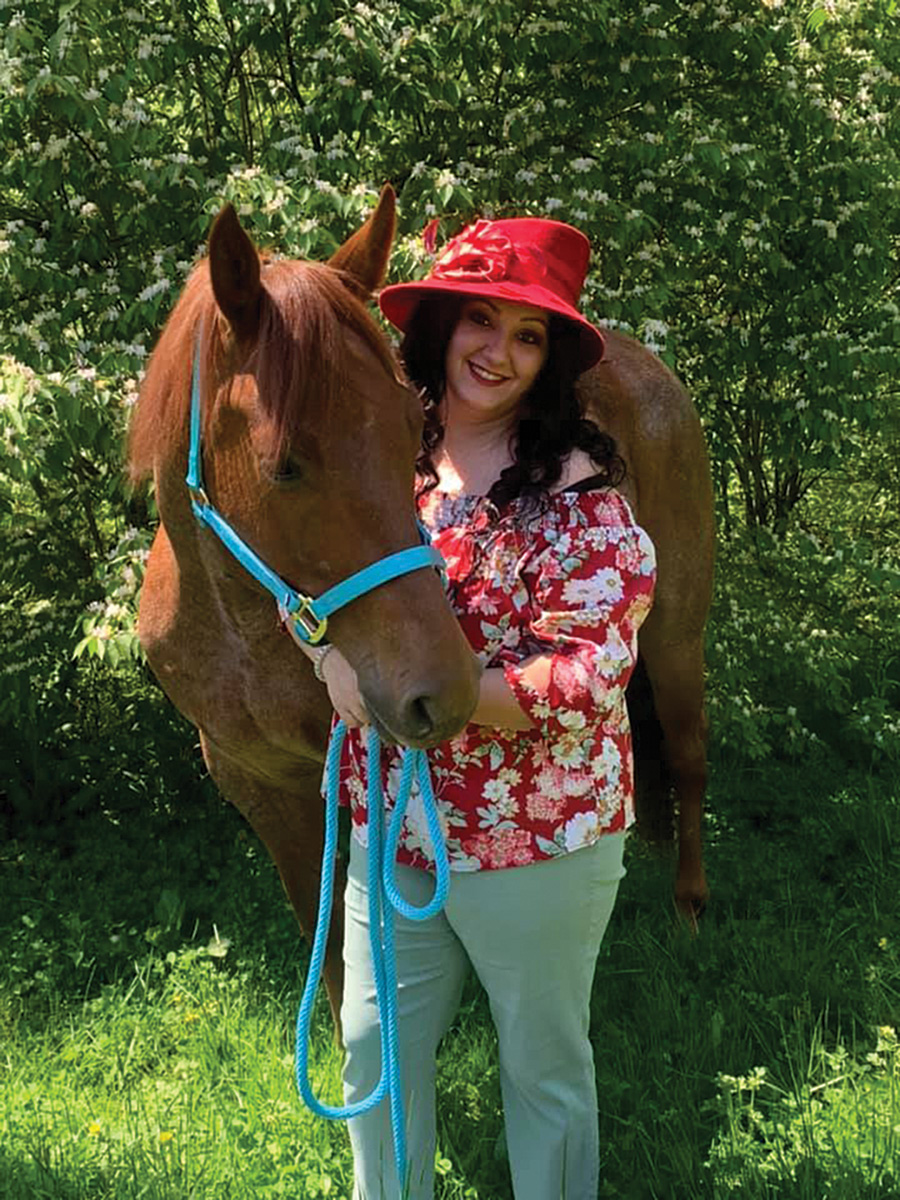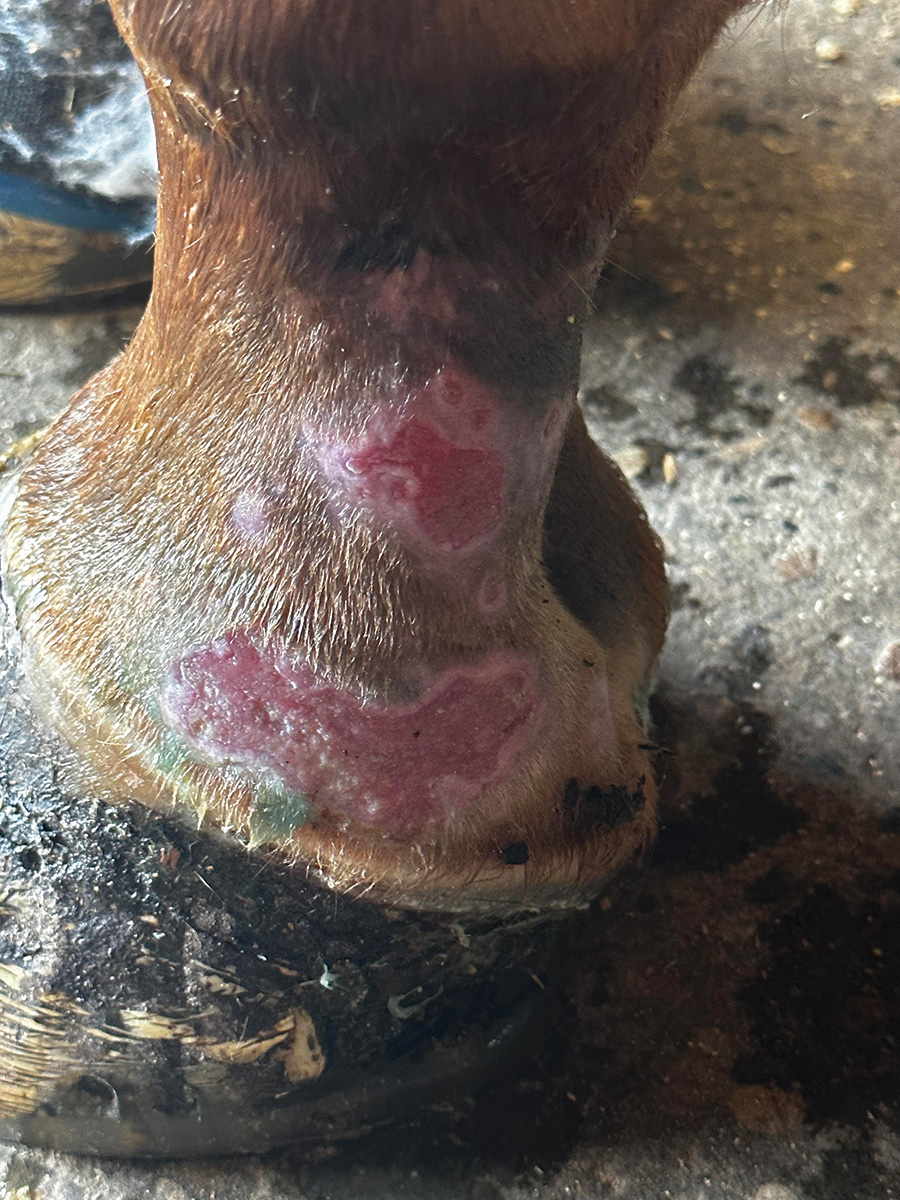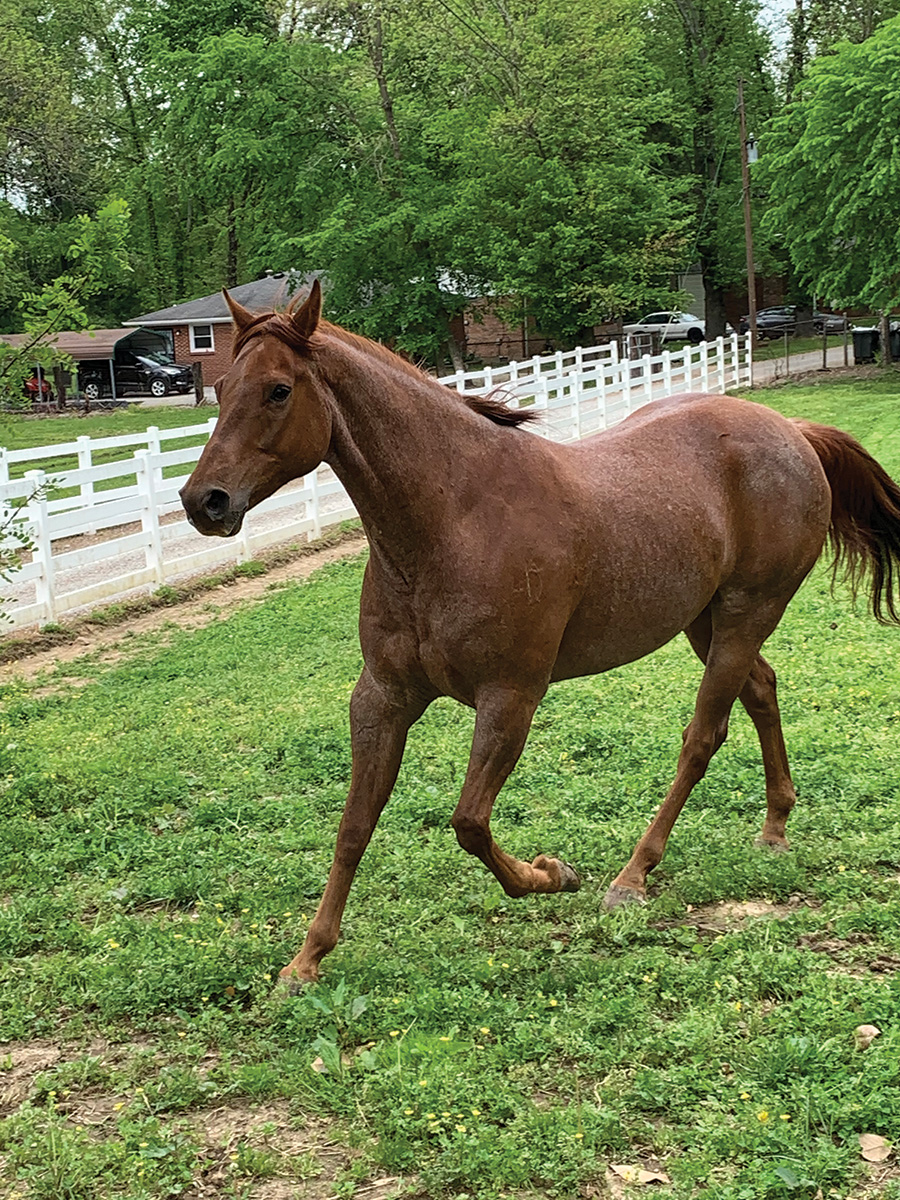Through the Vet Direct Safety Net Program, a Kentucky horse lover helped her veterinarian get funds to help during her financial hardship, and made sure they were available to others who might need them.
Good horse owners try to do the best they can for their horses—often to a fault. But what happens when a good owner finds themselves in a potentially perilous financial situation when their horse has an emergency?
In the past, some of these horses would have been relinquished to adoption or rescue organizations or even sent through auctions out of sheer desperation as the owner tried to give the horse a shot at getting the care they could not afford.
Now, however, thanks to a grant program jointly administered by the American Association of Equine Practitioners (AAEP), The Foundation for the Horse (AAEP’s charitable arm), and the American Society for the Prevention of Cruelty to Animals (ASPCA), owners have other options to get their horses the care they need.
The Vet Direct Safety Net Program was created with one goal in mind: To help keep owned horses in homes. The program does this by providing owners with a stipend of up to $600 to assist with a horse’s emergent welfare need. The funds are available on a per-horse—not per-owner—basis, allowing owners to receive even more assistance should they find themselves with multiple horses in need.
Timing is Everything
Lizz Ficara of Louisville, Ky., has always taken impeccable care of her horses. In 2023, Ficara had major back surgery that prevented her from working as an equine dental tech. Like most horses, Ficara’s Quarter Horse gelding, Tony, had incredible timing (sarcasm intended) and needed emergent medical care while she was out of work and funds were short. But for Ficara, foregoing his care wasn’t an option.

She began searching for programs or grants she could apply for to help offset the medical bills her horse was about to incur. During one conversation, the Vet Direct Safety Net program was mentioned, and she began coordinating efforts between the program and her veterinarian so funding would be available to her horse—and to other horses in similar situations.
Medical Attention Needed
While Ficara was out of work, Tony had developed open, oozing sores on three of his four pasterns. He had significant granulation tissue that was incredibly painful and itchy. After trying to resolve it herself with myriad salves and creams, Ficara called her vet, as Tony was clearly uncomfortable and the wounds were not healing.
Sarah Grigoleit, DVM, of Kentucky Equine Hospital in Simpsonville, Ky., diagnosed Tony with significant suspected summer sores on three of his four legs. A parasitic disease linked to the life cycles of stomach worms, summer sores are caused by larvae deposited in areas where they cannot complete their life cycle (often around the nose, lips or genitals), causing inflammation and ulceration where they are laid—in Tony’s case, on his legs.
Unfortunately, summer sores are notoriously stubborn to heal. Treatment often requires a veterinarian to debride the wound multiple times, as well as administer ivermectin, corticosteroids and topical products. In addition, Tony had to have his legs wrapped to keep them as clean as possible.
Getting the Funding
In total, Tony received three months of at-home treatment for his legs, including bi-weekly granulation debridement treatment that was essential to his healing and well-being. All the vet visits added up in a hurry, and Ficara was thankful for the financial breathing room Vet Direct funding offered her.
“The program funding was not hard to access,” says Ficara. “The only caveat was that my vet—or someone with her clinic—had to be a current AAEP member. As long as one vet is a member, the whole clinic has access to Vet Direct funds for their clients.”

Though veterinarians are often enrolled in the program first and then offer it to their clients in need, in this case, Ficara reached out to the Vet Direct team directly and encouraged her vet clinic to become enrolled.
Her persistence and insistence that the program could assist not only horse owners but the clinic itself by helping to offset open invoices will no doubt have positive ramifications for years to come.
Today, Tony is summer sore-free and enjoying his life, and Ficara is looking forward to the day when she’s comfortable enough to ride again.

“I am deeply thankful for the Vet Direct Safety Net Program,” she says. “The funding applied toward my invoices was incredible and allowed me a bit of peace of mind during an already stressful time. We all love our horses and want to do the best for them. The Vet Direct program allowed me to continue to offer Tony the type of care he was used to receiving even though I was in a tough spot financially.”
◆ How Equine Safety Net Programs Are Making a Difference
◆ Horse Safety Net Programs Helping Horses and Owners in Need
This article about the Vet Direct Safety Net Program appeared in the May 2024 issue of Horse Illustrated magazine. Click here to subscribe!





